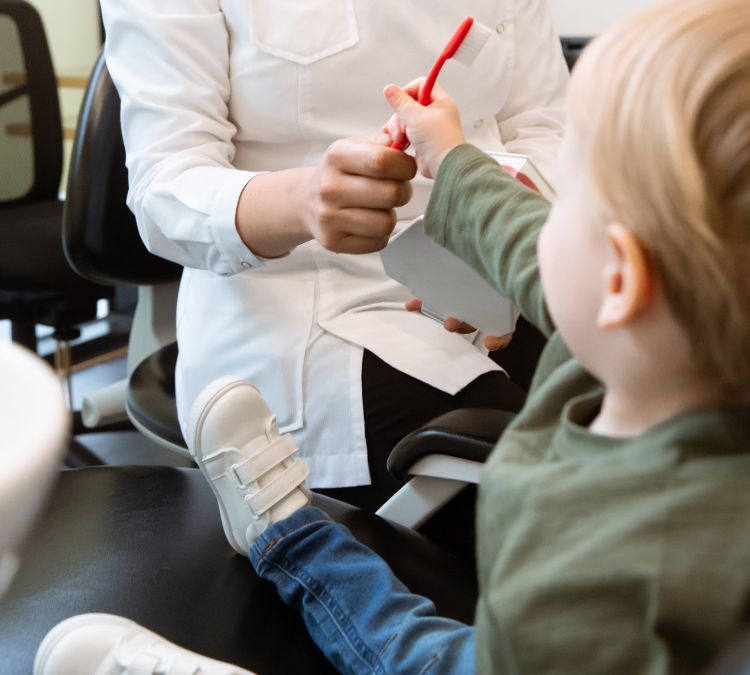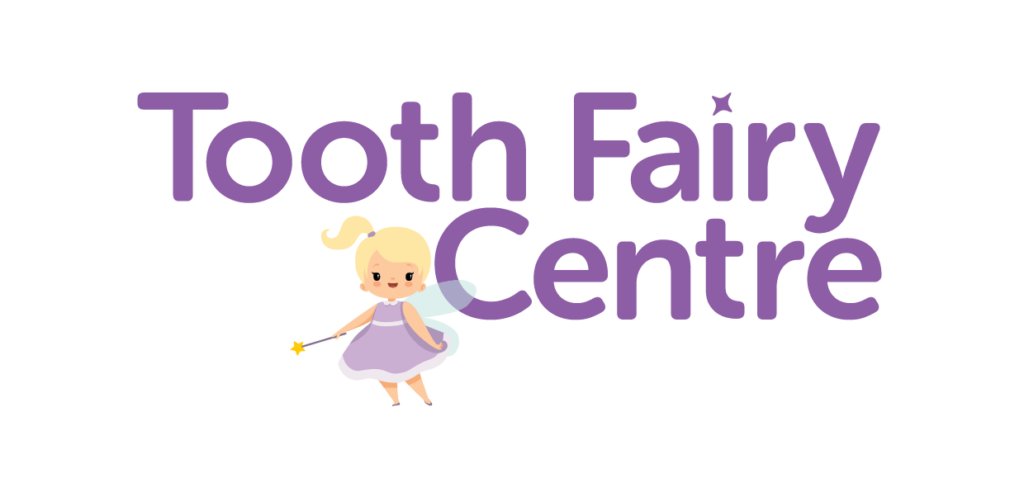It’s important your child begins to learn good oral health habits from an early age. That’s why we’ve created this page with information and tips to help you navigate your child’s oral health and encourage positive routines. There’s also a range of activities designed to help you make the whole process fun.
Teeth Timeline
4-7 Months: In these early months, your baby will begin teething. Their gums may appear red and swollen where the teeth are cutting through. The first teeth to erupt are usually the low central incisors, the two middle teeth on the bottom jaw.
8-12 Months: The central incisors, the front two teeth at the top, begin to emerge.
9-16 Months: The lateral incisors on both the top and bottom will begin coming through. These are located right next to the front teeth.
13-19 Months: The first molars on both the top and the bottom come in around the same time.
16-23 Months: During these months, you can expect to see the canine or cuspid teeth to emerge on both the lower and upper jaw. These are the sharp pointed teeth that are used to tear food.
23-31 Months: The second molars on the bottom jaw will be the next to appear. These are the very back teeth and the last baby teeth on the bottom that need to come through.
25-33 Months: Finally, the second molars on the top jaw will work there way through.
3 Years: By the age of 3, your child should have a full set of 20 baby teeth, also known as primary teeth.
4 Years: The jaw and facial bones will continue to grow so that when their permanent teeth begin to come in, there’s enough space to accommodate them.
6-7 Years: Your child will start to loose their baby teeth. The first ones to fall out will be the front center teeth on the bottom jaw, followed by those on the top.
7-8 Years: Lateral Incisor
9-12 Years: During these years, the rest of the teeth will fall out, usually beginning with the lower canine teeth, the upper canine teeth and then the first and second molars. Its common for the second molar on the bottom to be the last to fall out.
12 Years: By now, your child should have a complete set of 28 permanent, adult teeth. There will be four more teeth to make their way through, the wisdom teeth, but these don’t usually start to appear until they’re at least 17, and some won’t ever come through.


First Visit to the Dentist
When your child turns 2 you should book an appointment for them with a dental therapist. At this visit your child’s baby teeth will be counted and polished with a soft brush. They may even want to watch you having your teeth cleaned too. It’s important for this introductory visit to be fun, educational and a happy experience as it will help your child approach the dentist with little or no anxiety in their later years.
Having studied for a Bachelor of Oral Health, dental therapists are specifically trained to work with children and are skilled in helping your child to feel comfortable visiting their dentist.
One of their roles is to teach and motivate children about looking after their teeth, as well as to help educate adults in preventative care.
Working with pre-school, primary and secondary school children under the supervision of dentists, they also perform procedures such as examinations, X-rays, cleaning and polishing, filling of cavities, and applying sealants to pits and fissures.
The therapist will refer any complex dental matters to an appropriate general dentist, or even a child specialist (also known as a specialist paedodontist or specialist paediatric dentist). Child specialists, like all Dental Board registered specialists, have completed university training in addition to their bachelor degree in general dentistry.
To help prepare your child, you can watch the Tooth Fairy Video with them, which will help give them an idea of what will happen when they visit the dentist. It’s also a good idea to take your child to your own dental check up appointments so they become familiar with the environment and can see that it’s a positive experience for you.

Choosing Your Child’s Toothbrush

Always use a soft toothbrush on your child’s teeth. Plaque (the substance that ultimately leads to cavities) is of a soft, sticky consistency and can be removed easily from the teeth and gums with soft bristles.
If you have the choice, opt for an electric toothbrush, as they are more effective than manual ones. After use, leave the toothbrush upright in an open container to allow it to air dry between cleans. Toothbrushes should be replaced every three to four months.
Finding a toothbrush in their favourite colour or with a character on it may make them more engaged in the whole process.

Toothpaste For Kids

It is not necessary to use toothpaste for children younger than 18 months.
Unless your dentist advises otherwise, just use water on a soft toothbrush. Then, until your child turns six, use only a pea-sized amount of low-fluoride toothpaste. Most major brands have low-fluoride options that are also low foam and do not have a strong mint flavour (most children don’t like the mint).
Once a child turns six, you can begin using standard adult fluoride toothpaste. If your child does not tolerate the minty taste, you can choose a regular fluoride toothpaste that is not mint flavoured.
What To Do With A Knocked Out Or Chipped Tooth

For active children of any age there are a number of situations in which a tooth can be knocked out or chipped.
When a child presents with a missing or chipped tooth, a normal reaction is to panic. Fortunately though, it is possible to save the tooth if you act quickly.
Smile Solutions has created a handy guide outlining the steps that should be followed to help avoid any permanent consequences of having teeth knocked out or chipped. Download and have it handy incase there is an unavoidable emergency and you need to reference its contents!
Download Flyer